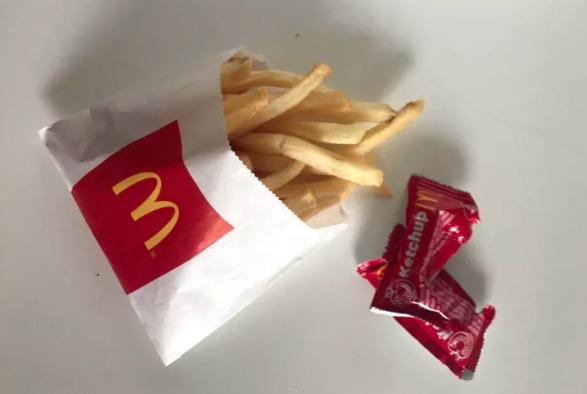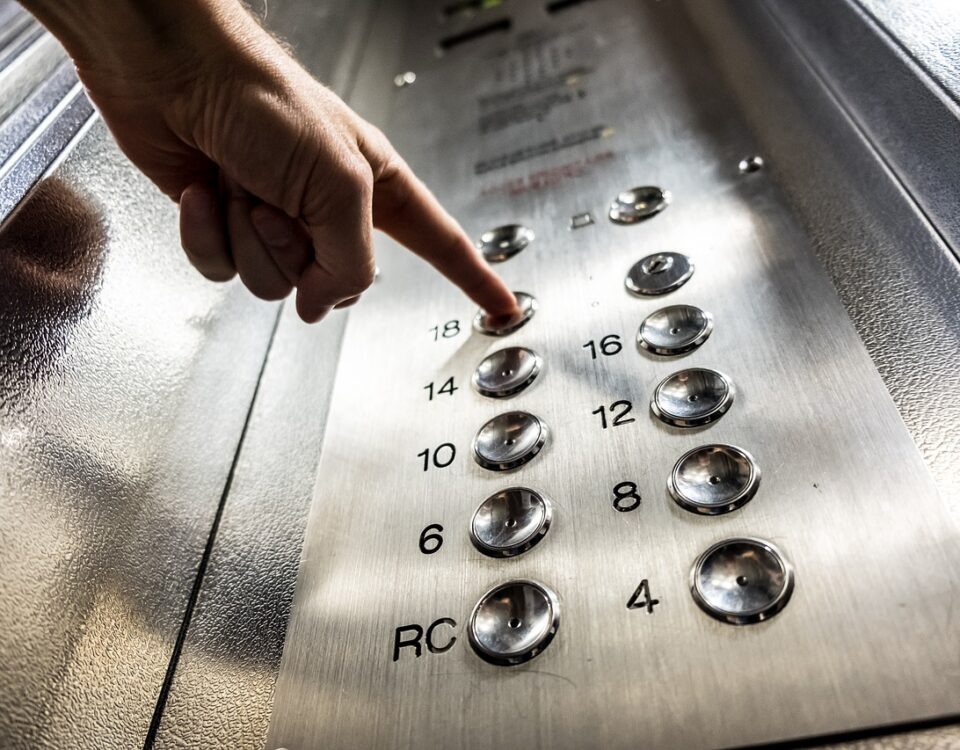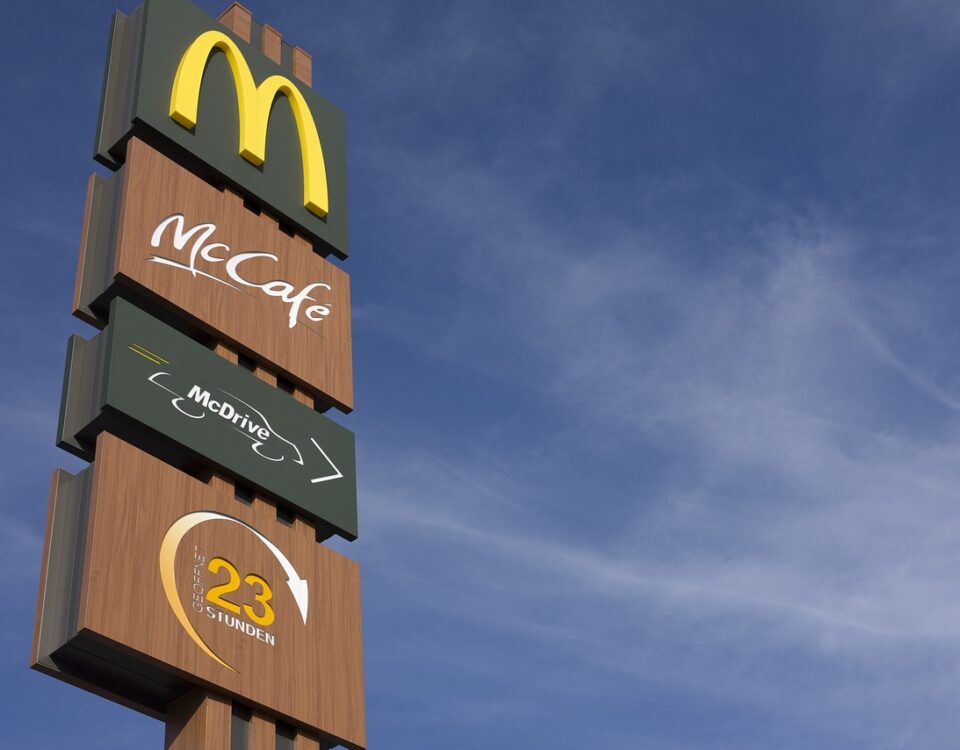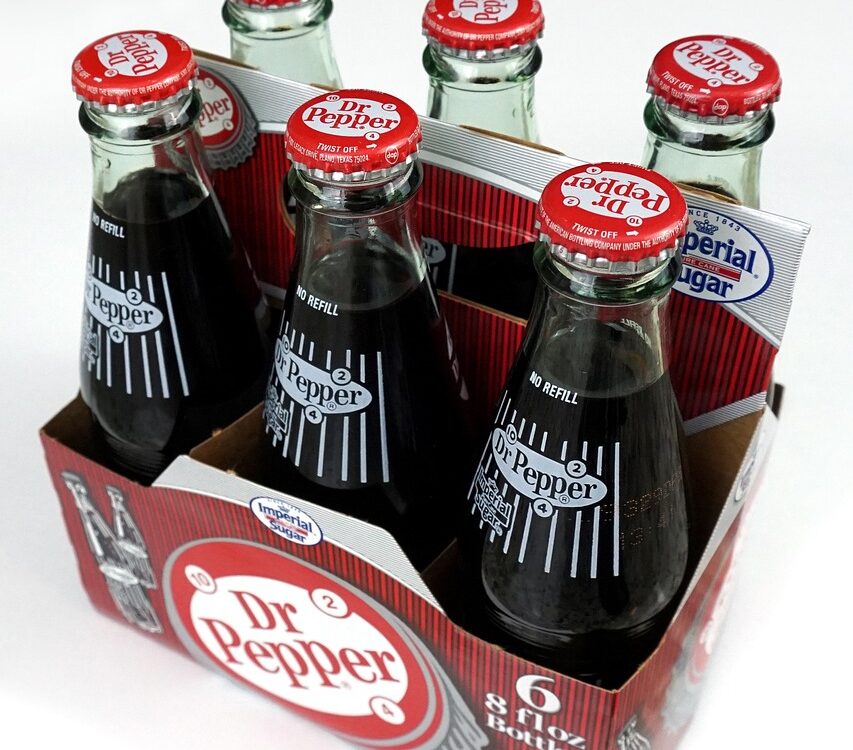
Why Wall Street Might Care About Femtoseconds
July 1, 2018
Why Superstar Salaries Are So High
July 3, 2018Several months ago, McDonald’s said it had solved its soggy French fry problem. The firm assured a reporter that delivered fries would be crunchy. They just had to depart the restaurant when fresh (and hot) and arrive at our homes within 30 minutes.
For deliveries though, it might not be so easy.
We’ll start with McDonald’s first French fry problem…
A Consistent Crunch
Ray Kroc
One day in 1954, a curious milk shake maker salesman appeared at the McDonald’s restaurant near Pasadena, California. No one restaurant had ever before ordered ten of his Multi-mixers (simultaneously, each one could make five shakes). He personally wanted to see what hamburger restaurant could possibly require so many milk shakes.
The salesman’s name was Ray Kroc and he was amazed at what he observed. “Like ants at a picnic,” McDonald’s workers began their day carrying the meat and potatoes from a shed to the restaurant in a perfectly regimented fashion. They were dressed meticulously in trousers, white shirts, and hats. Close to opening time, lines of customers formed. When asked, many said they returned daily. Some left with bags full of the fifteen-cent hamburgers.
Immediately Ray Kroc grasped the potential of the McDonald’s operation. He asked the brothers if he could have the exclusive right to develop a national chain of McDonald’s franchises. “Yes,” was the answer (with much more negotiation) and the rest is history.
The French Fries
One of Kroc’s first problems was developing a consistent crunch for his French fries. Although suppliers were providing the same russet potatoes and using precisely the same soaking and cooking techniques, still the franchises’ fries varied. Some would be perfect while others were too soggy.
After spending millions of dollars and hundreds of hours, McDonald’s researchers concluded that their storage and frying procedures needed tweaking. Storage time had to be three weeks—long enough for the sugars to turn to starches. Frying them, they had to be sure that the oil temperature did not rise more than three degrees above its lowest point. Then, with an electrical sensor maintaining the three-degree difference, they achieved a consistent McDonald’s crunch.
The Current Crunch
Maybe we should say déjà vu.
Now, McDonald’s seems to have an equally tough French fry problem. Describing his French fries, an eater.com reporter wrote that the delivery had arrived within a half hour. However, only half were crispy and all were lukewarm.
Two days ago, the NY Times explained the solution in a lengthy article. Its focus was Lamb Weston, a McDonald’s French fry supplier. At one of its farms, Lamb Weston has been trying to figure out the kind of potato that would make a less limp fry. Concluding that water is the enemy, they’ve been using minimal irrigation through computers that monitor potatoes’ nutrient levels.
But that was only the beginning.
At the frying stage, they developed a new batter that, when combined with the new potatoes, will remain crunchy for almost an hour. (The current state-of-the-art is 12 minutes.) As you might imagine though, the fries’ journey from the restaurant to our homes could undo all. If that fry is placed next to a milk shake, both will wither. Appropriate ventilation and a moisture free environment are crucial. Ideally, they just need to put the French fries in a lightly folded paper bag.
Our Bottom Line: Monopolistic Competition
Last year, McDonald’s tested its delivery service in Florida. The next step was to offer it at 5,000 U.S. locations. Because they project a $100 billion market, you can see why a crispy French fry is so important.
French fries are their #1 delivery product:
As economists we can say that McDonald’s is trying to achieve product differentiation. Especially because they compete in a monopolistically competitive market, they have to make themselves better than other restaurants. As a market structure with many smaller firms that can easily enter and exit, monopolistic competition means that McDonald’s needs to stand out.
 Having crunchy French fry deliveries would help.
Having crunchy French fry deliveries would help.
My sources and more: Thanks to the NY Times for alerting me to the leap forward in French fry crunch technology. Then, Bloomberg and Eater had the McDonald’s facts as did excerpts from my Econ 101 1/2 about Ray Kroc.
Please note that today’s featured picture is from Eater.com.
This post was slightly edited after publication.
![econlifelogotrademarkedwebsitelogo[1]](/wp-content/uploads/2024/05/econlifelogotrademarkedwebsitelogo1.png#100878)





